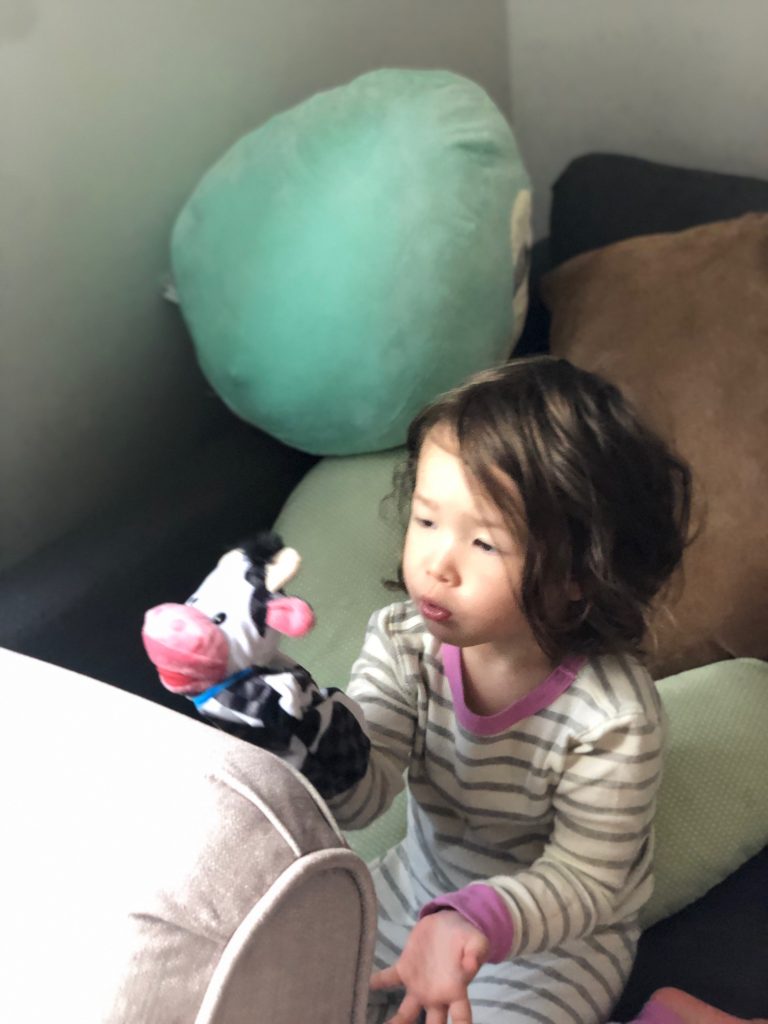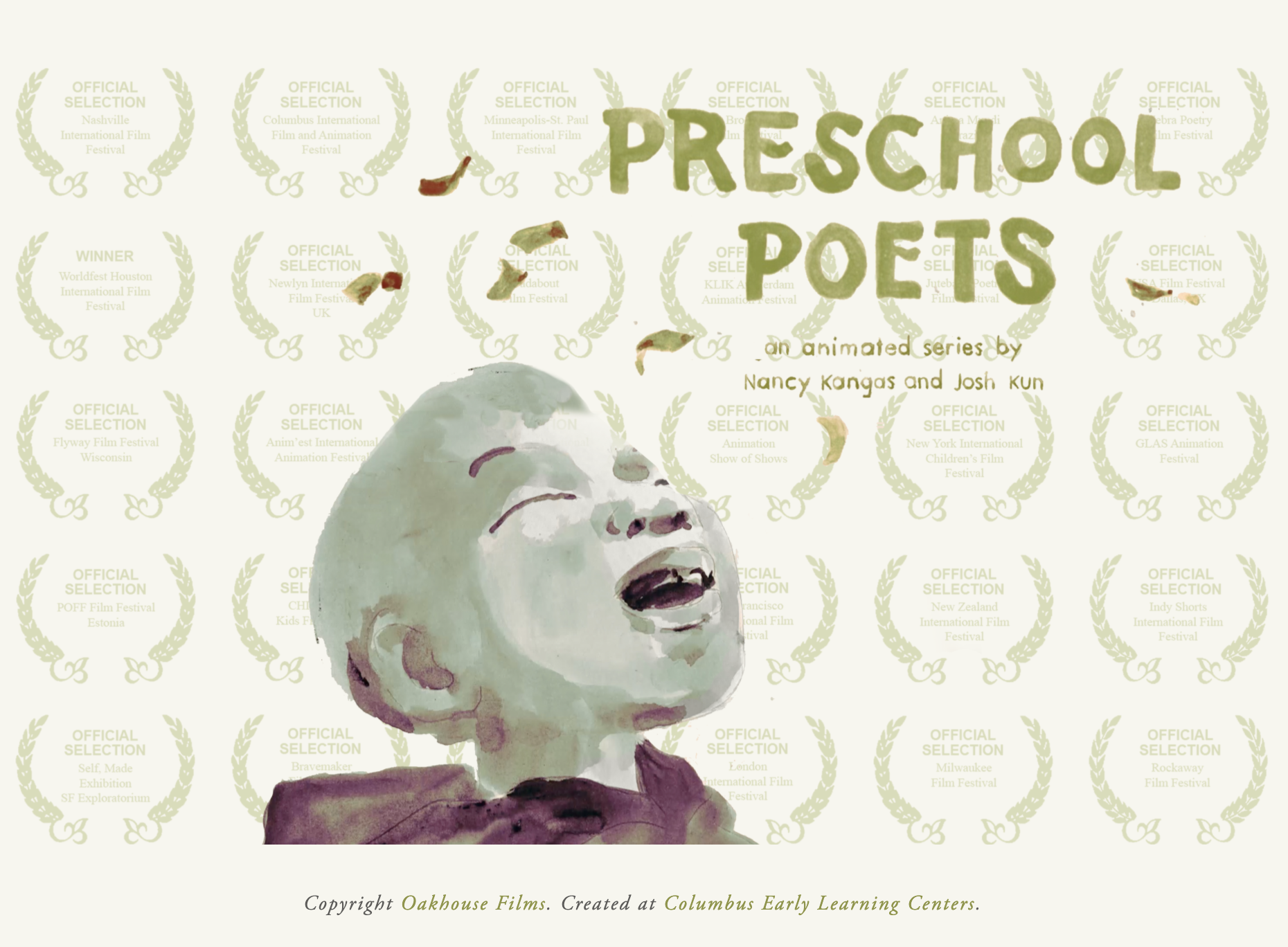Preschool children and their families gather with their teachers and sing “Good Morning,” a song that they know from morning meetings. The morning sun and their devices light their faces. Because they cannot be together in person, the teachers ask each child “how are you feeling?” by video conference call.
These daily interactions with their teachers, friends, and families are essential to children. Children’s relationships with peers and teachers allow them to feel connected, as well as provide a sense of comfort and belonging. Yet the experience of being together and interacting has changed drastically. This has many of us wondering: how do children (their friends and teachers) play? Play is central in the lives and learning of preschoolers. What supports children’s play so that they might talk and make decisions with one another as players? Puppet play offers one such possibility that we see early childhood educators exploring with children and families.
Teachers may experiment with introducing a puppet or supporting children and families in making and using their own puppets. An object or toy can become a puppet when it is given a name and personality that children can relate to. Think of Cookie Monster voicing his main problem in life “Me want cookies!” There is nothing like an audience to bring a puppet to life.
Give a bird puppet a name, and watch children’s faces light up in pleasure at Chickie’s funny voice. You can let children in on a little secret, that Chickie has a hard time waiting for a turn to talk. If this is an issue in your group, give them a chance to show Chickie what to do. Or, when Chickie is especially quiet, ask Chickie, “how are you feeling?” Or tell the children that Chickie is feeling shy today. In this way, you might help children talk about feelings, practice listening and asking questions together in ways that are particular to their new situations.
The puppets you introduce will help them to make up their own stories. You can ask children about their characters and the decisions they make with their puppet creations. In play, children — sometimes with their friends and sometimes with adults — invent characters, collaborate to tell stories, and even stage shows.
As you engage, you might notice and take note of your own questions about their puppet play. Which children laugh and find making their puppets voices funny? Your curiosity is key to asking questions that provoke and sustain back and forth exchanges. This playful practice may help children to open up and participate more fully.
Here are four beneficial ways to support children’s learning through puppet play:
Talk about creations. An open-ended question or an observation can start a conversation about what they are making: “I see….” “I’m noticing….” It may help to pause and be intentional about what you ask. Look closely, describe their creation (a shape or color they used or how two shapes or colors look together) or what they are doing with a puppet (singing a song or telling a story).
Extend children’s interests. Children will build on their interests by creating puppets and characters that relate to what they love, and their problems and passions. This is rich material to develop their storytelling and story-acting. They draw on oral language skills, make connections between their stories and those of others, and negotiate exchanges in more than one language. Their collaborative storytelling around interests will help them create interesting characters with practice and stories that become more complex and sophisticated.
Create puppet characters who tell their stories. Whether you start with making artwork for scenery or acting out stories, it helps to watch and respond to stories as part of puppet play. Oral storytelling and acting out one another’s stories as a community gives children a chance to make connections and choices and negotiate decisions. Children’s dramatic play is sparked by having fun with peers and adults that invite their participation in the worlds of stories.
Welcome all kinds of storytelling as part of the process. Children may use puppets to tell many different kinds of stories. Adults can support collaboration and negotiation by describing what they see, asking children questions about their decisions, or talking with children about their storytelling process. Children sharing in a community will discover that they possess many skills together. As we knit the fabric of the community, we ensure each child’s belonging. One child may play helicopter in all of their stories and another may create visual arrangements of characters. Whatever the case, your curiosity and enthusiasm for their puppet play helps ignite participation in playful learning.




Well wtitten